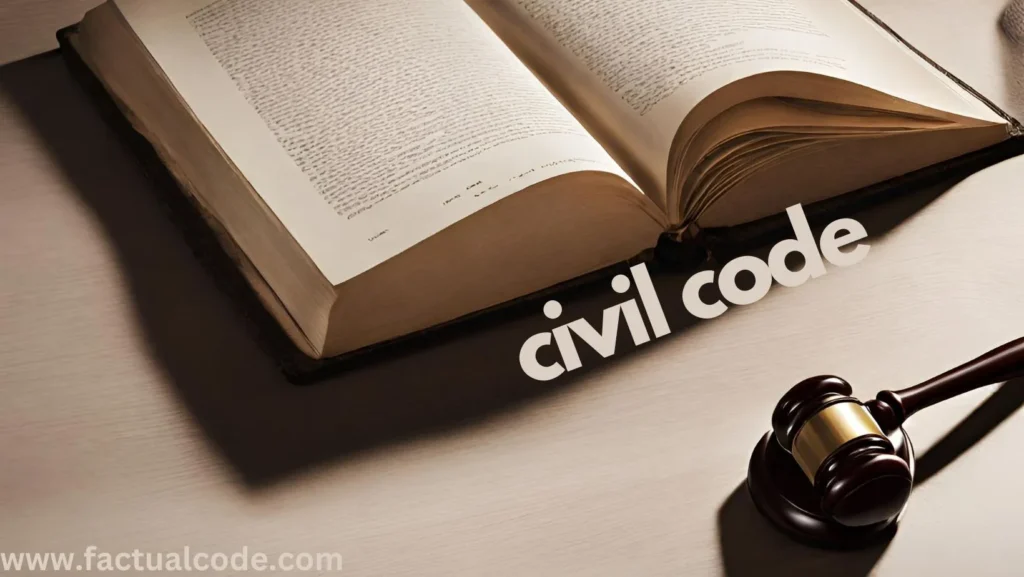In civil proceedings, the Civil Procedure Code (CPC) provides a crucial mechanism for subordinate courts to seek the High Court’s opinion on specific legal questions. This mechanism, called a “reference,” is governed by Section 113 and Order 46 of the CPC. References are particularly important for cases where appeals are not permitted, and they ensure that legal interpretations remain consistent and errors are minimized.
Purpose and Significance of Reference under CPC
The reference provision serves as a preventive measure, allowing subordinate courts to consult the High Court on intricate legal issues. This consultation minimizes the risk of irreversible legal errors and ensures that judicial interpretations align with higher courts.
Conditions for Making a Reference to the High Court
A reference can only be made if specific conditions are met, ensuring that it is limited to genuine, substantial questions of law. The conditions are:
1. Active Suit, Appeal, or Execution Proceedings
- The reference must be initiated during an ongoing suit, appeal, or execution proceeding. Without an active case, a reference cannot be made. This requirement ensures that the query is relevant and arises directly from an actual dispute.
2. Existence of a Substantial Question of Law
- A reference must involve a substantial legal question, typically around statutory interpretation or constitutional validity. The High Court’s intervention is warranted only if this question has not been settled by higher judicial authority (the Supreme Court or the relevant High Court).
3. Doubts About the Validity of an Act, Ordinance, or Regulation
- Section 113 specifically addresses cases where the validity of a legislative provision, such as an Act, Ordinance, or Regulation, is in question. A reference must be made if a subordinate court suspects that the provision might be invalid or inoperative, provided that neither the High Court nor the Supreme Court has previously ruled on its validity.
4. Non-Appealable Cases
- References are typically made in cases where no appeal lies, ensuring the process is used to resolve potentially irreversible judicial issues. This restriction prevents unnecessary references on appealable matters.
5. Genuine Doubt Held by the Presiding Judge
- A reference requires the presiding judge’s genuine doubt regarding the legal question. In Banarasi Yadav v. Krishna Chandra, the court ruled that hypothetical or irrelevant questions should not be the basis for reference. This condition ensures that references are based on real, substantive uncertainties.
Discretionary Powers of the High Court in References
Upon receiving a reference, the High Court exercises its discretion as follows:
Consultative Jurisdiction: As per S.K. Roy v. Board of Revenue, the High Court can choose to address additional legal aspects if they emerge during proceedings, provided they relate to the original question.
Authority to Decline: If the High Court finds the reference unwarranted or irrelevant, it can decline to provide an answer, ensuring that only significant legal doubts receive judicial attention.
Power to Quash or Modify Orders: As highlighted in L.S. Sherlekar v. D.L. Agarwal, the High Court has the authority to alter or quash the lower court’s decree, aligning it with its own interpretation of the legal question.
Key Case Laws Supporting Reference under CPC
Noteworthy cases have further defined the conditions and limitations of reference under CPC:
- Banarasi Yadav v. Krishna Chandra: Reinforces that a reference should arise from genuine legal doubts directly related to the case and excludes hypothetical questions.
- S.K. Roy v. Board of Revenue: The High Court can expand its scope to address related legal aspects if they surface during the proceedings.
- Ramakant Bindal v. State of U.P.: Confirms that tribunals cannot make a reference; the power is reserved exclusively for subordinate courts.
- L.S. Sherlekar v. D.L. Agarwal: Demonstrates the High Court’s ability to adjust or dismiss decrees based on its interpretation of the referenced legal question.
Procedure for Making a Reference
Order 46 mandates the following procedural steps for a reference:
- Statement of Facts and Question: The subordinate court must draft a statement detailing the case facts and formulate the legal question for High Court review.
- Stay or Contingent Decree: The court can stay proceedings or issue a contingent order awaiting the High Court’s judgment. The final decree is postponed until the High Court provides guidance, ensuring consistency with higher judicial interpretation.
- Compliance with High Court Judgment: After receiving the High Court’s answer, the subordinate court disposes of the case in accordance with the guidance received.
Outcomes of Reference
The High Court’s opinion is binding, guiding the subordinate court’s final judgment:
- If the High Court’s Answer Favors the Plaintiff: The decree is confirmed.
- If the High Court’s Answer is Unfavorable: The suit is dismissed.
Conclusion
The reference mechanism under CPC is an essential judicial tool, safeguarding against legal misinterpretation by ensuring that subordinate courts can consult the High Court on complex legal issues. By limiting references to substantial, non-appealable questions of law, the CPC keeps this process focused on genuine and relevant judicial matters, enhancing clarity and consistency in the Indian legal system.

